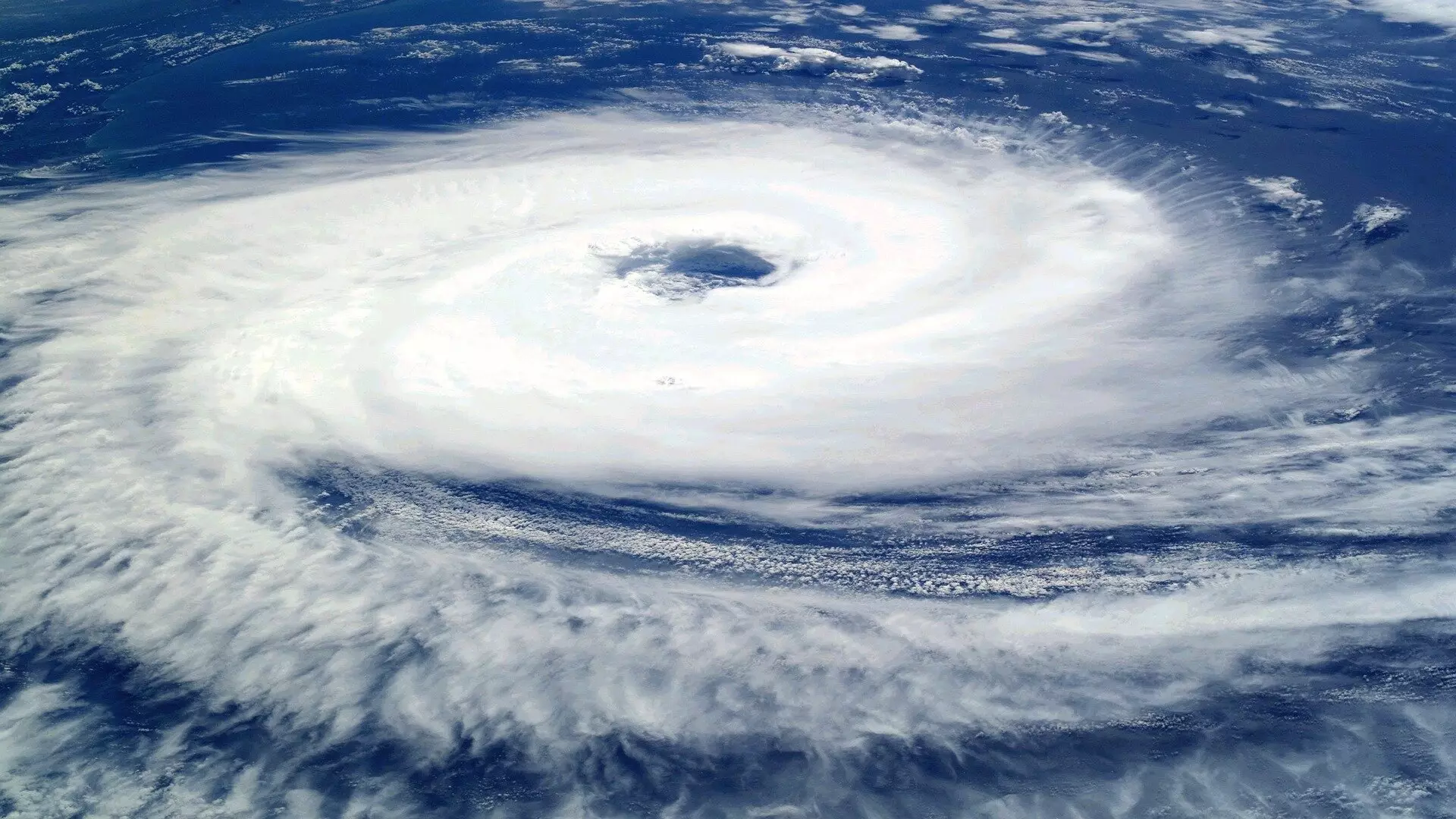Atlantic hurricanes are becoming increasingly prone to rapid intensification, with weak Category 1 hurricanes now more than twice as likely to escalate into a major Category 3 or stronger hurricane within a mere 24-hour period compared to the era between 1970 and 1990. This concerning trend has emerged from a study published in Scientific Reports, underscoring the urgency for enhanced communication methods and improved warning systems for communities at risk.
One of the most significant challenges in safeguarding at-risk communities is the unpredictability of these rapid intensification events. Scientists struggle to determine when exactly a hurricane will undergo its most rapid strengthening phase. Consequently, the study’s author highlights the crucial necessity for improved hazard preparation plans and communication systems to effectively alert vulnerable areas.
The observed increase in the rate of hurricane intensification can be attributed, in part, to the warming oceans induced by climate change. The fastest intensification of hurricanes or tropical storms occurs in regions with anomalously warm sea surface temperatures. Amid the changing climate, higher storm intensification rates have become more prevalent. However, a comprehensive understanding of the intensification rates across the entire Atlantic basin has proven elusive.
To shed light on this issue, researcher Andra Garner conducted an extensive analysis of wind speed fluctuations across the lifespan of Atlantic hurricanes between 1970 and 2020. Splitting the data into three distinct periods—historical era (1970-1990), intermediate era (1986-2005), and modern era (2001-2020)—Garner sought to discern any significant trends. Through this analysis, the author determined the maximum intensification rate by calculating the greatest increase in wind speed within a 24-hour period.
The findings of Garner’s study indicate a disconcerting upward trend in hurricane intensification rates. The probability of a hurricane experiencing a maximum intensification rate of 20 knots or greater rose from 42.3% in the historical era to 56.7% in the modern era. Moreover, the probability of a hurricane transforming from a weak hurricane to a major hurricane within a 24-hour period increased from 3.23% to 8.12%. These statistics underscore the urgency of the situation.
Furthermore, the study illuminates geographic changes in hurricane intensification patterns. While hurricanes in the historical era were more likely to experience rapid strengthening in the Gulf of Mexico, the modern era has seen a shift in hotspots. Presently, hurricanes are more likely to undergo their most rapid intensification off the US Atlantic coast and in the Caribbean Sea. This shift in intensification locations necessitates a revised understanding of geographical vulnerability and risk assessment.
The implications of these intensification trends are far-reaching. Four out of the five most economically damaging Atlantic hurricanes have occurred since 2017, all of which underwent rapid strengthening during their lifespans. To confront this growing threat, it is imperative that hazard preparation plans and communication systems be adapted and enhanced. Finding proactive and effective measures to mitigate the risks posed by intensifying hurricanes must be a priority for at-risk communities and global stakeholders alike.
The intensification rates of Atlantic hurricanes are increasing significantly, rendering communities vulnerable to more rapidly strengthening storms. The link between climate change and the warming oceans has contributed to this trend. As emphasized by Andra Garner’s study, the need for improved communication and hazard preparation is urgent. The economic costs and potential devastation associated with these intensifying hurricanes make it imperative for communities to adapt and develop effective strategies to mitigate the risks they face.


Leave a Reply